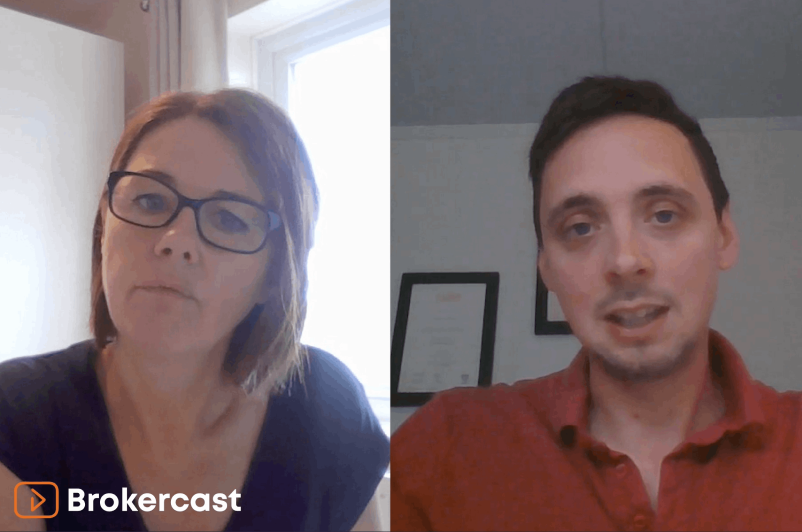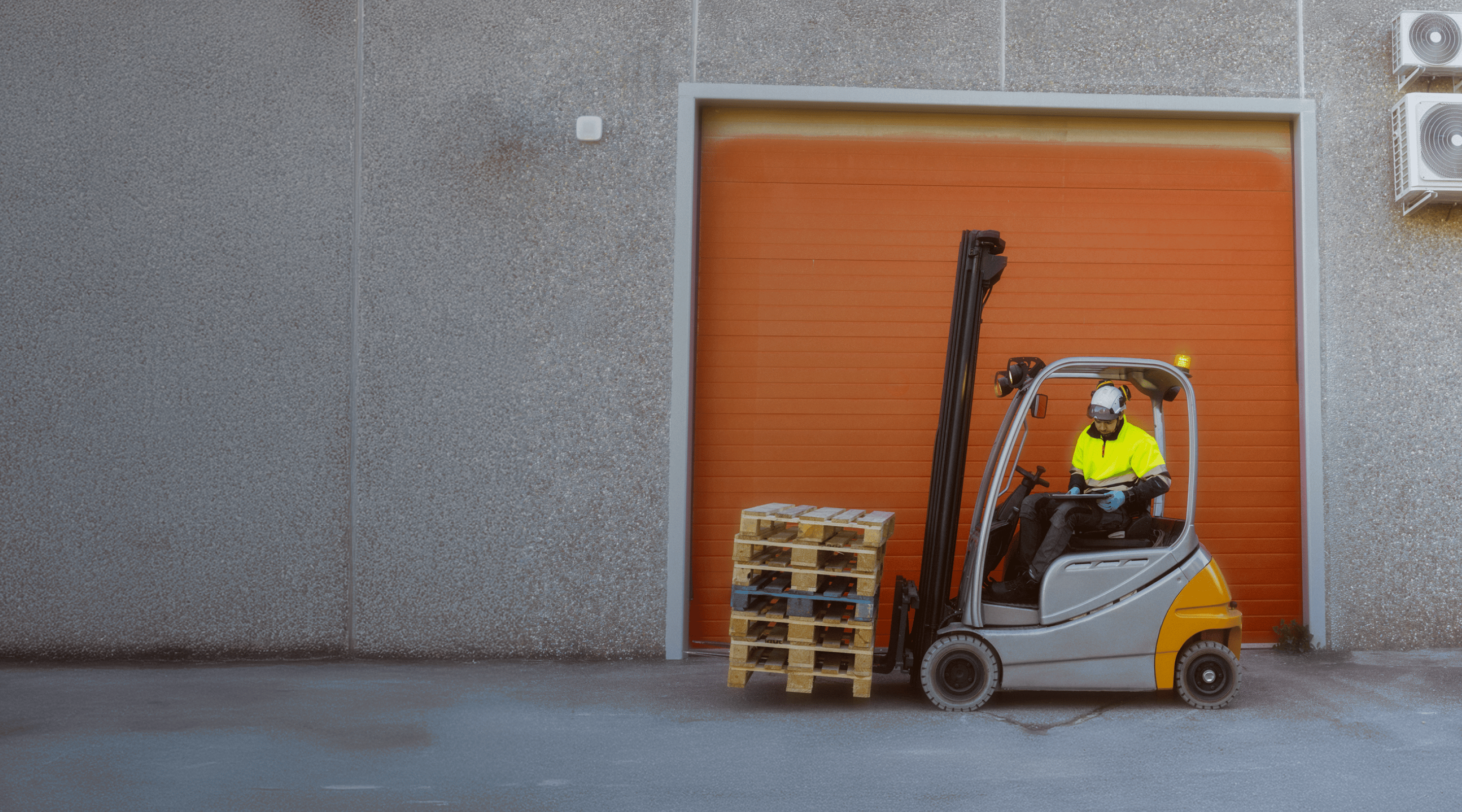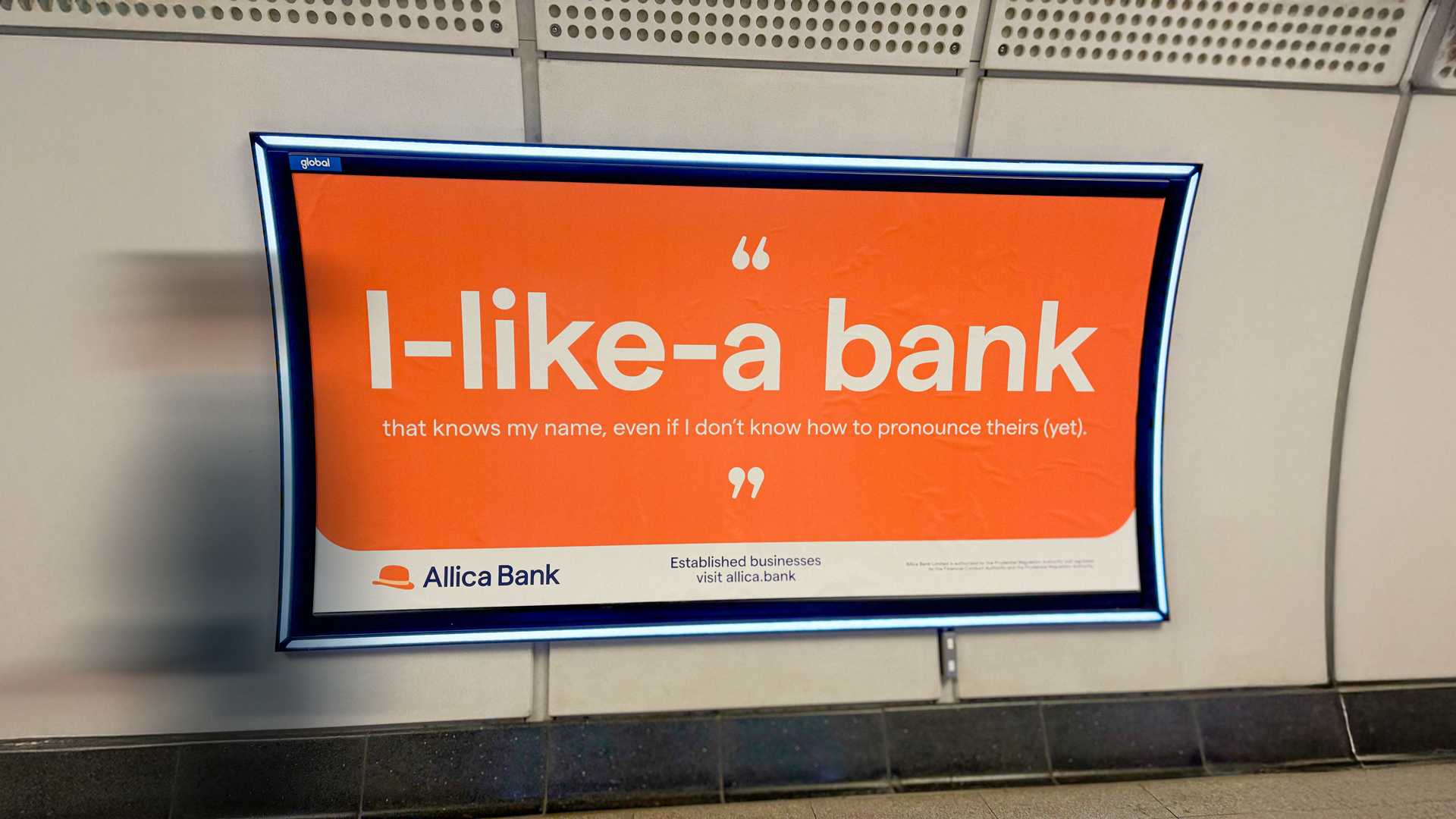If green assets aren’t on your radar right now, that’s likely to change in the next few years. The sector is growing rapidly and for a number of reasons – and with that growth comes a greater need for finance, and more demand on brokers.
That makes now the perfect time for Tracy Millsom, our asset finance Business Development Manager, to sit down with James Breteche, our Product Owner for Allica Bank’s asset finance, for the latest edition of Allica Bank’s Brokercast. James is leading the development of our green asset finance proposition and has plenty of knowledge to share about this burgeoning market.
Expect to learn about the state of the sector right now, what we expect to change, and what brokers should be aware of as the market continues to build.
An overview of the green asset market and what’s to come
“The first and key thing”, James highlighted, “is that this is an important and growing sector.” Green assets are growing more popular, valuable, and necessary with every passing year.
To put this in some context, “the electric light commercial vehicle (LCV) market is just one asset in a sea of many, but represents a value of £640m. We expect to see it increase by 64% over the next 12 months. Air source heat pumps are another growing market – standing at about £80m right now, but with an expected 8% YOY growth all the way to 2030.”
James summed it up nicely, noting that “there’s a lot of opportunity already, but there’s going to be even more over the coming years.”
What’s driving growth in the green asset market?
With James’ confidence that “the size is there and we think it will continue growing,” he went on to explain that “there are three drivers behind that growth:”
- “Energy costs are driving businesses to adopt green assets.” That looks like it’ll continue, as macro geopolitical issues continue and the global energy market continues to develop under newer players, like China.
- “Longer-term, ESG and supply chain pressures are going to help drive growth. By that, I mean: governments will develop policies around ESG that will put pressure on corporations. That pressure will be passed down the supply chain onto their SMEs.” As that pressure and the resultant requirements come down the chain, there’s going to be a huge need for funding for green assets.
- The third reason is slightly less precise, but important nevertheless. “People have their own personal concerns about climate change,” James explained. ”While they might be personal, it’s these same people who lead and own businesses.” This personal matter will always be in the background, as well as forces within the market at large.
Assessing the lending market for green assets today
After looking at where things might be heading for green asset finance, Tracy wanted to bring it back to the present day. “There are a few specialist lenders,” she noted, “that were established when the government’s feed-in tariffs were launched and in place.” Beyond that, though, there seems to be a gap between demand and supply.
James noted that “there are some funders that do it well. The problem we see with them, though, is that they prioritise larger installations – in the £10,000,000+ region – and don’t really stay true to the SME market. We think that the SME market remains very underserved. It’s something we want to address generally, but especially as a bank.”
So, as James put it, “it’s not great at the moment.” There are four reasons he thinks this is the case:
- Generally, there’s probably a lack of specialist knowledge among funders.
- Lenders’ credit appetites can be quite restrictive – for example, with refinancing green assets.
- Many funders don’t have the right product capability for the sector.
- There can be funder greenwashing; whereby things are badged up as green, but it’s just a label and there are no fundamentals behind it.
“Technology in the green sector is moving fast, therefore green assets can be viewed as riskier because their end of term value is less predictable. There’s not enough knowledge in the sector. Both of these issues can be solved by building expertise – as a funder and across the market in general.”
What is Allica Bank doing in the green asset space?
Given James’ call to arms for an increase in knowledge and capability, Tracy wanted to explore this process in more detail. She asked James to expand on what Allica Bank’s approach is – and what the work he’s been doing is all about.
“It’s simple,” James explained, “but it takes time.”
“Ultimately, our goal is to be the green lender of choice for SMEs. We want to invest and build expertise within Allica Bank, as well as building the flexibility to meet the requirements of funding these assets. We want expertise in Allica; we want to understand the suppliers we can work with and have a network of trusted installers and introducers.”
“Beyond that, though, building our knowledge and confidence will help us develop a credit appetite – and product capability – that understands these assets.”
“We don’t have all of this today, but we are building it and have a clear roadmap for the next few years. We’re excited to be building into this space.”
What should brokers consider when sending a green asset application?
James’ advice was straight to the point: “consider all aspects, as you would for most deals anyway. Moreso for green assets, there’s a real importance on the supplier and installer – who they are, their accreditations, and whether they offer guarantees and warranties.”
“I’ve known companies that have experienced issues with solar panels, for example, but those issues have come from the installation and a lack of maintenance, rather than the asset itself. The supplier and installer are so important when it comes to green assets.”
And as for the credit side: “it’s worth adding whether it brings any cost savings to the customer and if there are any subsidies that are applicable (such as the renewable heat incentive). If so, for how long do they last?”
A refrain you’ll hear from the lending team at Allica Bank time and time again is “the more information, the better.”
James stressed that, “if you’re unsure as a broker, talk to your business development manager. Even if they don’t know, they’ll know where to look to find the answer. We’ll always encourage you to talk to us about these applications, as it’s a relatively new space for all involved. By working together, we can get a strong application built up and make good progress.”





